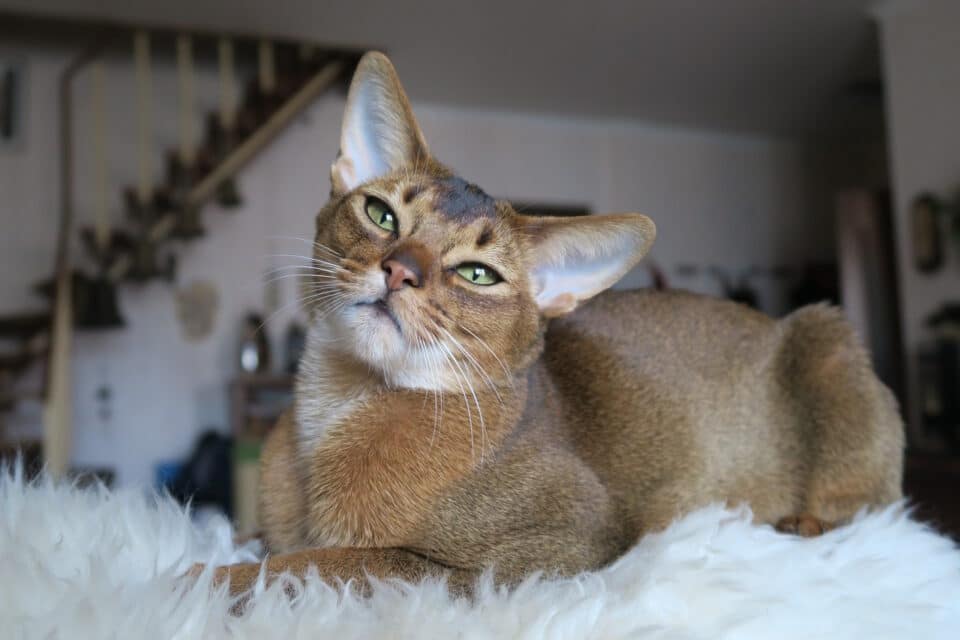Bengal cats are known for their striking appearance, but did you know there’s a vast array of coat colors and patterns? Let’s dive into the world of Bengal cats and explore their unique variations.
Bengal cats have three standard breed-recognized colors: brown, silver, and snow. These standard colors create a visually stunning effect, especially with the unique patterning of spots and marbling that Bengals are famous for. These combinations make every Bengal cat truly one of a kind.
Starting with the brown Bengal cat, one of the most popular varieties. These cats have a color spectrum that ranges from golden, creamy, honey, caramel, red, to orange, with a preference for an orange-brown or butter-colored base coat. Their dark chestnut or black markings, often in solid rosettes or marbling, provide a beautiful contrast. These felines usually have green or golden eyes and a solid black-tipped tail.
Silver Bengals, on the other hand, boast an almost pure white base coat that can range from white to a steel-like silver. Their black and gray spotted or marbled patterns often include charcoal and blue shading, but never any brown or golden tones. With their green or golden eyes and solid black-tipped tail, they’re truly captivating.
Snow Bengals come in three variations: seal lynx point, seal mink, and seal sepia. Seal lynx points have a creamy-white base coat with brown, gray, or tan spots or marbling and are the only Bengal cats with ice-blue eyes. Seal mink Bengals have a light brown, cream, or ivory base coat with darker brown, caramel spotted, or marbled patterns, and they typically have blue-green or aqua eyes. The seal sepia variation, the darkest of the snow Bengals, showcases a light chocolate or tan brown base coat with brown or tan markings and usually green or golden-brown eyes.
There are also three non-recognized yet equally striking Bengal cat colors: charcoal, blue, and melanistic. The charcoal Bengal displays a ‘ghost’ layer over the standard base coat, often with a dark face mask and a thick, dark stripe down its back. Blue Bengals are rare and sport a steel-blue or powder-blue base coat with dark, gray-blue patterning and usually have hazel brown or green eyes. Melanistic Bengals, admired for resembling black panthers, have almost indistinguishable marbled or spotted patterns that are only visible in bright light.
Bengal cats also come in distinctive patterns: spotted, marbled, and sparbled. The spotted Bengal is the most recognizable, with patterns that can range from simple single spots to intricate rosettes like cluster, paw-print, clouded, doughnut, and arrowhead rosettes. Marbled Bengals display flowing swirls and stripes in random patterns with variations like horizontal flowing, reduced horizontal flow, sheeted flow, and chaos patterns. Sparbled Bengals combine spotted and marbled varieties, resulting in a fascinating mix of both patterns.
In addition to their coat colors and patterns, Bengals may have some unique characteristics. Some exhibit a glittery, shimmering effect caused by translucent hair shafts that catch the light. A few Bengals have long, silky coats termed Cashmere Bengals, which stem from domestic cat genetics. Despite not being officially recognized by most cat registries, they’re a distinct variation that some breeders pursue. Other notable traits include a white stomach, a primordial pouch (a flap of loose skin between their back legs), and the frosted phase, where kittens’ coats turn fuzzy and messy for a brief period to aid in camouflage.
Bengal cats are a testament to the beauty and diversity within the feline world. From their myriad of colors and patterns to their unique traits, Bengals offer a glimpse into the wild while being domesticated companions. Their history traces back to the early 1960s, thanks to Jean Mill’s efforts in crossbreeding an Asian Leopard Cat with a black tomcat. The International Cat Association officially recognized the Bengal breed in 1983. With such a rich and varied lineage, it’s no wonder these cats are a favorite among feline enthusiasts.
From the glittering coats to their unique patterns, Bengal cats are truly a marvel. Their exotic appearance, coupled with their affectionate nature, makes them a favorite among cat lovers. Whether you’re drawn to their wild looks or their charming personalities, Bengals offer something extraordinary for every cat enthusiast.










